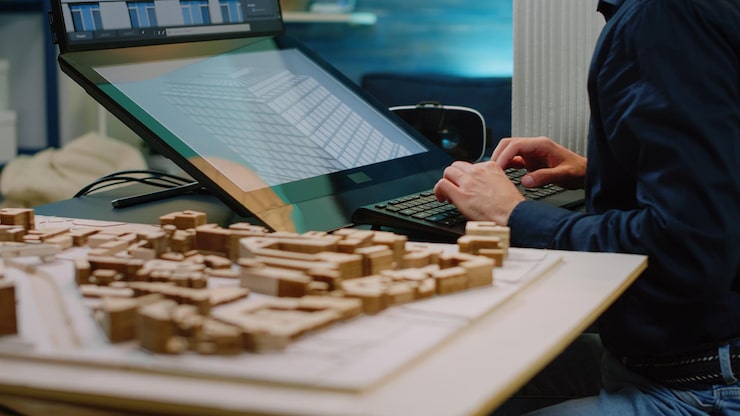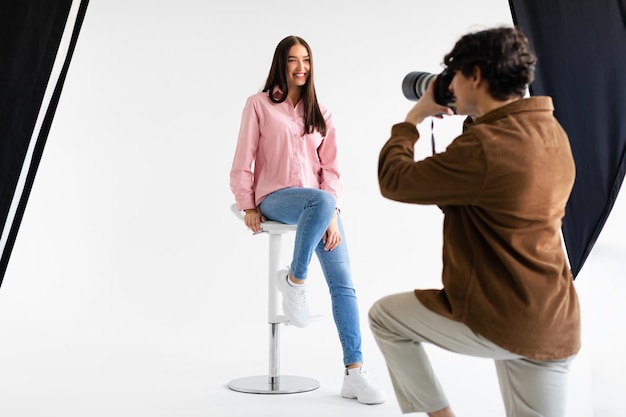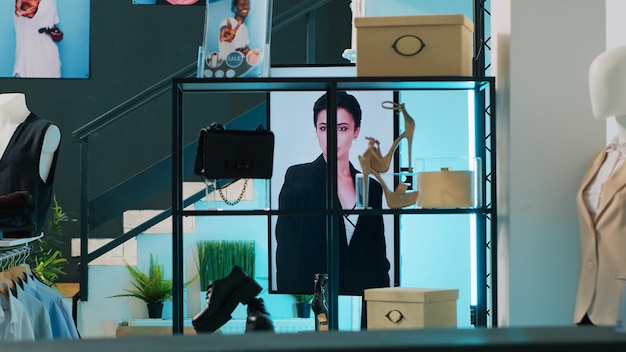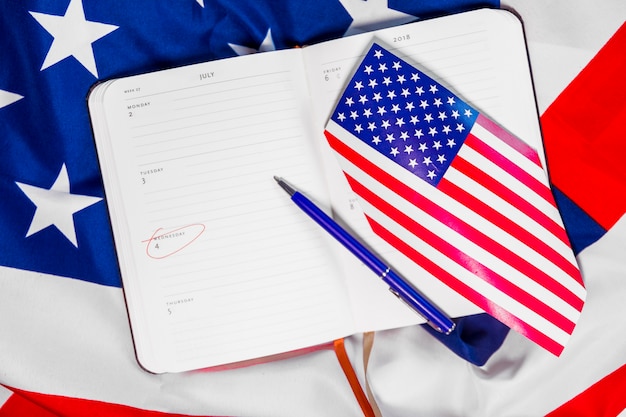
Clipping Path vs Background Removal – Which One Should You Use?
Clipping Path vs Background Removal – Which One Should You Use?
In the world of photo editing and e-commerce visuals, the terms clipping path and background removal are often used interchangeably. But are they the same? Not exactly. Each technique serves a different purpose, and choosing the right one can significantly impact how your product looks online.
In this blog, we’ll break down what each method does, how they’re different, and which one is better for your specific needs—whether you run an online store, manage a fashion brand, or sell on platforms like Amazon, eBay, or Shopify.
What Is a Clipping Path?
A clipping path is a precise, manual selection technique used to cut out a specific part of an image—usually a product—from its background. It’s created using the Pen Tool in Adobe Photoshop or similar software, forming a vector path around the object’s edges.
Once the path is drawn, everything outside of it can be removed or replaced. The result is a clean, sharp cutout of your object, perfect for placing on white or transparent backgrounds.
Best for:
- Simple to moderately complex objects
- Straight and smooth edges (e.g., boxes, bottles, clothing)
- Pixel-perfect background cutouts
- Consistency in product catalog images
What Is Background Removal?
Background removal is a broader term that refers to any technique used to erase or replace the background of an image. This can include:
- Clipping path (manual selection)
- Image masking (for hair, fur, or transparent objects)
- AI-based tools (like automatic background removers)
It’s a flexible method that uses different approaches depending on how complex the subject is. For example, removing the background from a model with curly hair requires different tools than isolating a coffee mug.
Best for:
- Complex subjects (e.g., hair, feathers, transparent glass)
- Creative edits or background swaps
- Speed when using AI-based tools (but with lower precision)
Clipping Path vs. Background Removal: Key Differences
| Feature | Clipping Path | Background Removal |
|---|---|---|
| Technique | Manual (Pen Tool) | Manual, AI-based, or masking |
| Best for | Sharp-edged objects | Soft edges, hair, transparent items |
| Precision | High (pixel-perfect edges) | Varies (can be less accurate) |
| Editing Control | Full control | Limited (especially with AI tools) |
| Speed | Slower (manual) | Faster with automation |
| Ideal For | Product photography, catalogs, e-commerce | Portraits, lifestyle shots, creative edits |
When Should You Use a Clipping Path?
Use a clipping path when you want precision, control, and clean edges—especially for product images. It’s the gold standard in e-commerce because it ensures every pixel is aligned and your product is the clear focus of the image.
Examples:
- Removing the background of a shoe for Amazon
- Creating a white background for a clothing product page
- Cutting out electronics for uniform presentation
In short, if your product has clear edges and you care about consistency, clipping path is your best friend.
When Is Background Removal a Better Choice?
Background removal is better when your image is more complex or creative. If the subject includes fuzzy edges, motion, or partial transparency, clipping paths alone won’t be enough. You’ll need masking or smart background removal techniques.
Examples:
- Isolating a model’s flowing hair for a fashion ad
- Removing background behind a glass perfume bottle
- Editing lifestyle shots or environmental photos
Can You Combine Both?
Absolutely. In fact, professional photo editors often combine both techniques for the best results. For example, you might use a clipping path for the body of a product and layer masking around hair or transparent areas. This gives you sharp edges where you need them and soft transitions where it matters.
What About AI Tools?
AI background removal tools are becoming more popular and faster, but they still lack the accuracy of manual clipping paths—especially for commercial or high-resolution work. If you’re working on a professional e-commerce store, these tools might help in bulk, but they’ll rarely match the quality of skilled human editing.
Which One Should You Use for Your Business?
If you're in e-commerce, product photography, fashion, electronics, or advertising, here’s a simple breakdown:
- Choose Clipping Path: If your products have clear edges and you want pixel-perfect cuts for a clean catalog look.
- Choose Background Removal (with masking): If your image involves soft or fuzzy edges like hair, fur, or smoke.
- Use Both: For complex compositions where precision meets creativity.
Final Thoughts
In 2025, image quality can make or break a brand. Whether you're selling on Amazon or building your own Shopify store, your product images need to look clean, clear, and professional. That starts with choosing the right editing method.
At Clipping Path America, we offer both high-quality clipping path and background removal services tailored to your needs. Our expert editors handle everything manually for the most accurate results—whether you have 50 images or 5,000.
Still not sure which service is right for your project? Reach out to us—we’re happy to help you decide and deliver stunning visuals that sell.




.jpg)

























